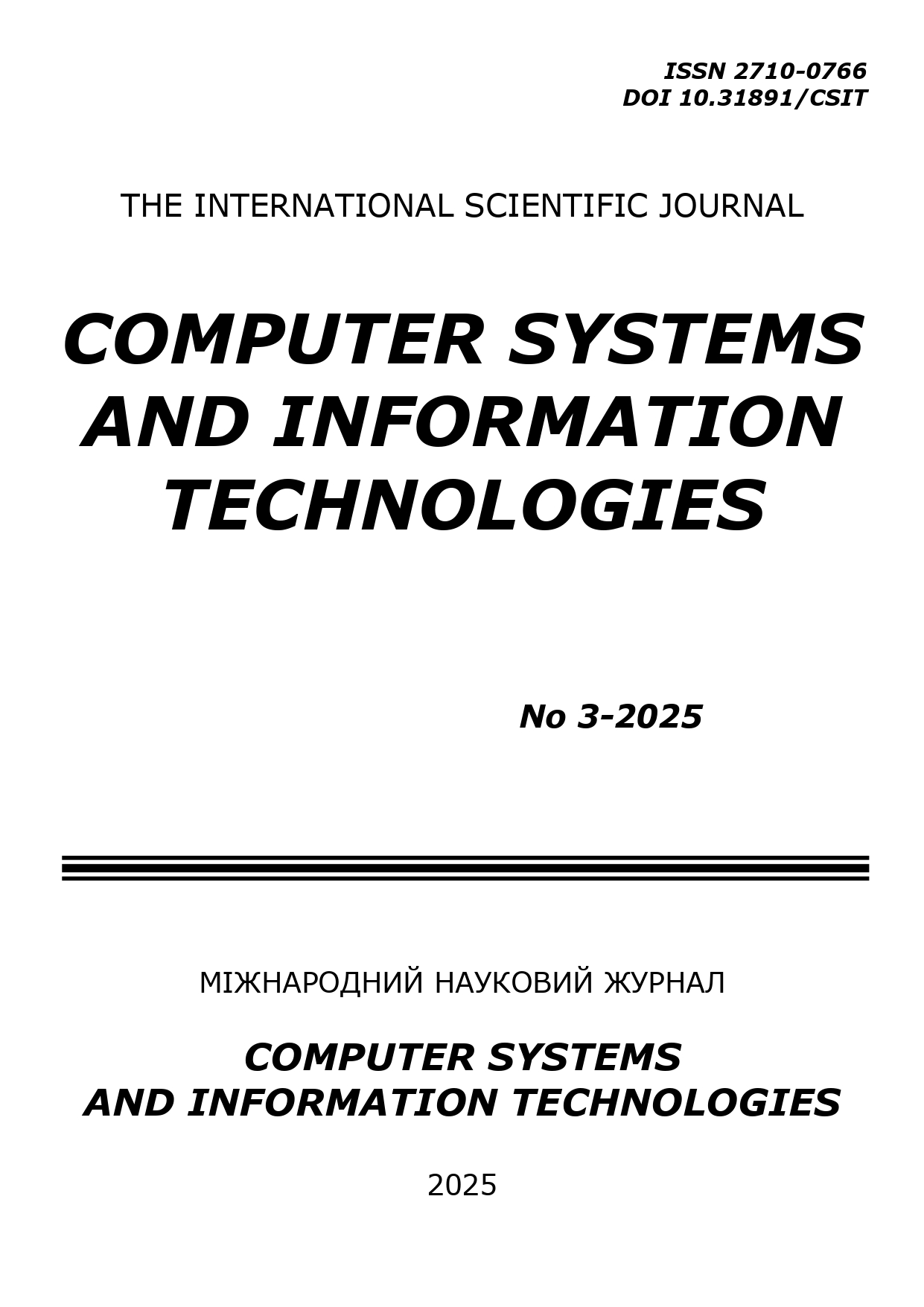The METHOD FOR ASSESSING THE QUALITY OF FINGERPRINT COMPARISON BASED ON CONVOLUTION OF BOOLEAN METRICS
DOI:
https://doi.org/10.31891/csit-2025-3-12Keywords:
fingerprinting, biometric identification, Boolean metric convolution, Bayesian classifier, Neyman-Pearson lemma, quality assessment, group matching, normalized contribution, weighted mean, AFISAbstract
The proposed approach is designed to determine the degree of similarity between fingerprints. It is based on the comparison of key features of papillary patterns. This method can be used to compare both a pair of fingerprints and one fingerprint with a group of others. Within the framework of this approach, basic metrics are used that reflect the presence of matches between the compared fingerprints. Based on these metrics, the following characteristics are calculated: the percentage of matching features and the weighted average score, taking into account the significance of each match. These parameters are used to establish the belonging of a fingerprint to a certain group. To control the results, threshold values are used, established on the basis of the Bayesian classifier and the Neyman-Pearson lemma, taking into account the differences in the distribution of scores. Testing conducted using the FVC2000 database showed that the accuracy of comparing individual fingerprints is 93.81%. The method is implemented in Python using the Pandas and NumPy libraries. This allows it to be integrated into automated fingerprint identification systems (AFIS). Resistance to moderate distortions and interpretability of parameters indicate its practical applicability, in particular, in the field of forensics. One of the limitations of the method is its susceptibility to strong fingerprint distortions. Further development plans include the introduction of adaptive thresholds and integration with deep learning methods to improve the process of feature extraction on fingerprints. This development is aimed at increasing the accuracy and reliability of biometric identification, which is extremely important for reducing the likelihood of errors, especially in the context of forensic tasks.
Downloads
Published
How to Cite
Issue
Section
License
Copyright (c) 2025 Юрій ПОГУЛЯЄВ, Кирило СМЕЛЯКОВ

This work is licensed under a Creative Commons Attribution 4.0 International License.

